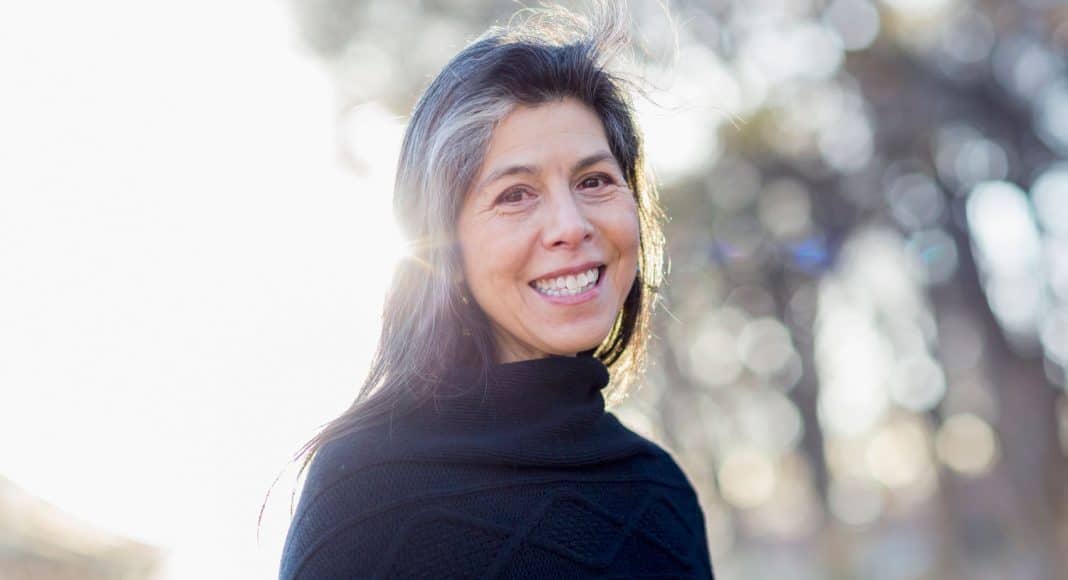“Free radicals” is a buzzword in our contemporary conversation how to reverse aging. The term refers to atoms, or clusters of atoms, that contain unpaired electrons in their outermost shells. These atoms are desperate to complete themselves and are therefore constantly on the look out for an electron to grab on to. [Insert smug and offensive joke about your single friends here].
-
Related Story: Little-Known Health Effects Of Medical Marijuana
The danger of free radicals is that they can damage every part of our cells—from the fatty outer membranes, to internal mitochondrial proteins, to the innermost DNA—and even induce cell death. Moreover, free radicals create more free radicals, as denuded molecules look for new targets in a self-perpetuating chain of electron theft.
We produce free radicals naturally as a byproduct of various organic processes. But the real threat comes from external sources, because there are so many things in modern life that can generate free radicals. The list includes nice things—like alcohol, fried foods, and sunshine—and not so nice things—like pesticides, air pollution, and medications.
Our knowledge of free radicals is fairly young, so we don’t really know how much harm we can reliably assign to them. However, there is evidence that these electron thieves have a role in inciting cancer, kidney and heart disease, diabetes, and neurological disorders, such as Alzheimer’s. One theory of aging even puts the onus squarely on free radicals (and that’s an onus nobody wants to touch).
Oxygen: Can’t Live With It; Can’t Live Without It
People who are learned in the way of science know that a more sophisticated term for “stealing an electron” is “oxidation.” So what we call “free-radical damage,” the know-it-alls call “oxidative stress.” They also prefer to call “free radicals” “ROS,” because that stands for “reactive oxygen species,” which sounds super smart. It’s also accurate, because most free radicals contain oxygen, the element that clings most tenaciously to its electrons.
And that is why “antioxidants” has become another buzzword of our contemporary discourse about health and aging. Antioxidants give freely of their electrons, thus neutralizing (literally) free radicals. Antioxidants can be found in boring things—like carrots, cabbage, and kale—and exciting things—like a muscular red bordeaux. Or cannabis.
So, Smoke Weed And Never Age. The End. Right?
Wish life were that simple!
It turns out that under deeper scrutiny free radicals/ROS do not appear to be an unalloyed evil. In fact, there’re more of a necessary evil.
Earlier this year, the Royal Society (an organization that’s so legit, its list of former presidents includes Sir Isaac Newton) published an overview of the relationship between the endocannabinoid system (ECS) and ROS. The relationship is, to say the least, complicated.
Far from being simply free-roving poisons bent on our destruction, ROS are, in fact, “key signalling intermediaries” that help regulate some mightily important functions, including cell growth, proliferation, and death. Interestingly, these are processes that the ECS also has a hand in, and so the two parties regularly interact. Rather than being implacable, self-canceling foes, then—electron-grabbing ROS marauders facing down antioxidant cannabinoid superheroes—ROS and the ECS are more precisely understood as engaging in elaborate and ongoing “crosstalk.”
-
Related Story: Why Won’t My Doctor Prescribe Medical Marijuana For Me?
Under normal circumstances, there is an entente cordiale between the two parties which maintains a very delicate “redox homeostasis”—a continually re-jiggered balance between oxidation and anti-oxidation that allows healthy cells to flourish but encourages damaged and dysfunctional ones to kill themselves before they cause real mischief, such as by turning cancerous. (The technical term for this cell suicide is “apoptosis.”)
It’s true, however, that the free radicals do occasionally get out of hand, and then the ECS must take them out. But while ROS can damage pretty much anything they want to—muscles, organs, nerves, skin cells—we don’t know whether cannabis can fix all of that.
In biomedical research, the devil is in the details. And sorting through the details is devilishly hard. According to the Royal Society overview, the cannabinoids THC and CBC have been shown to protect the brain, kidney, and heart from oxidative stress. But is says nothing, for example, about the skin, which is probably what comes first to mind when we think of aging.
So what’s the quick takeaway? It is clear that we are still in the “basic science” phase, but it’s not too early to conclude that elements of the ECS are “potential therapeutic targets for the treatment of oxidative stress-related neurological, cardiovascular and metabolic disorders.” That could have major ramifications for improving human health and extending longevity. But if it’s a fountain of eternal youth you’re looking for, keep looking.


